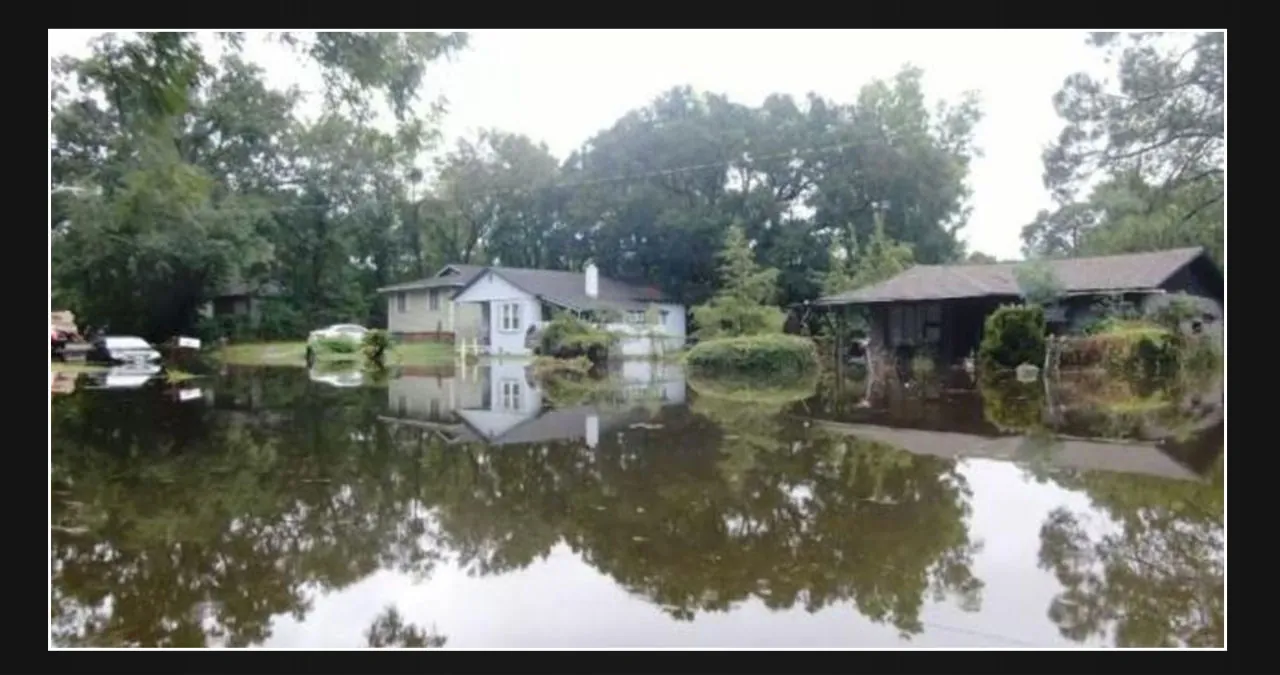Texas is renowned for its rich cowboy heritage, vibrant country music scene, historic landmarks like the Alamo, and its dramatic weather events such as tornadoes. In recent years, the state has also become associated with the fictional character Sheldon Cooper. Beyond its cultural and historical significance, Texas is home to a diverse range of wildlife, including both harmless and dangerous species. Among these are various types of snakes, which can be particularly prevalent around the state’s lakes. Here’s a detailed look at some of Texas’ most snake-infested lakes.
Caddo Lake

Caddo Lake, situated on the border between Texas and Louisiana, spans 25,400 acres and is known for its picturesque bald cypress trees and water lilies. Named after the native Caddoan people, who inhabited the region until the 19th century, the lake’s formation is attributed to either the 1811-12 New Madrid earthquakes or the Great Raft, according to geological theories.
The lake is currently threatened by the invasive Great Salvinia, a waterweed that disrupts aquatic ecosystems. Additionally, Caddo Lake is notorious for its high snake population. Research indicates that up to 32 different snake species can be found in and around the lake. Common species include the northern cottonmouth, western rat snake, and North American racer, with other notable residents such as crayfish snakes, timber rattlesnakes, and pygmy rattlesnakes.
Lewisville Lake
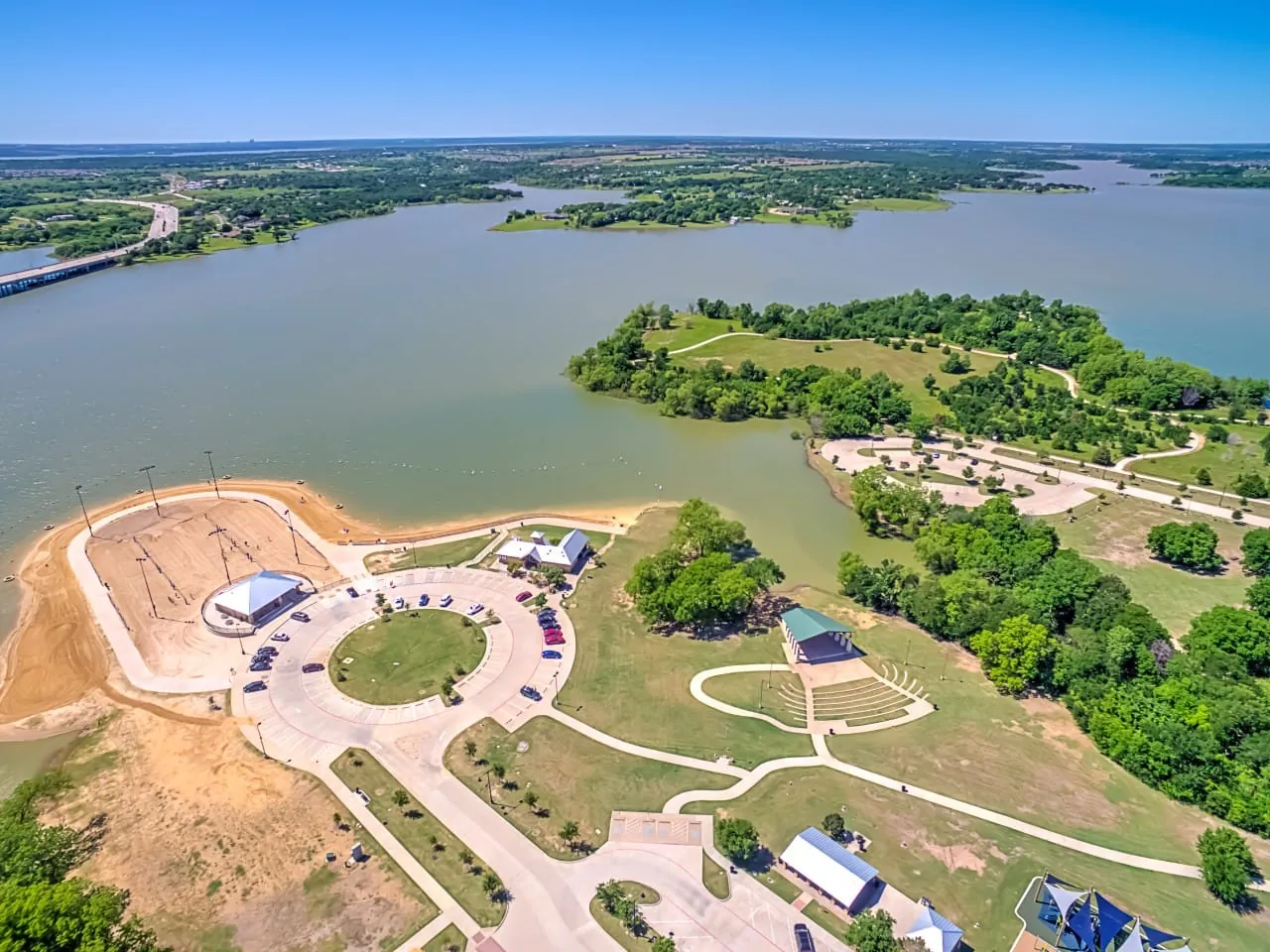
Originally constructed to manage floodwaters, Lewisville Lake serves as a crucial water source for Dallas and is a popular recreational spot, featuring six marinas and three restaurants. During the summer months, visitors frequently encounter various snake species, including the yellow-bellied racer, western coachwhip, and speckled kingsnake.
The lake is also home to venomous species such as the western cottonmouth and copperhead. These snakes, which are often mistaken for each other, are among the leading causes of snakebites in the United States. Copperheads, in particular, are known for their defensive aggression. Other snake species found in Lewisville Lake include broad-banded watersnakes and diamondback water snakes.
Lake Texoma
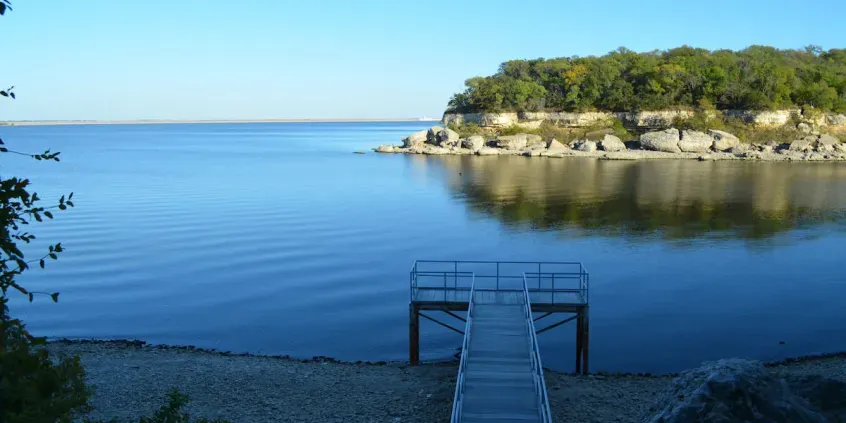
Formed by the Denison Dam on the Red River, Lake Texoma is one of the largest reservoirs in the United States, attracting around 6 million visitors annually. Alongside alligators, which are commonly seen at the lake, a variety of snake species inhabit the area. Notable among them are the copperhead, western diamondback rattlesnake, glossy snake, Texas coral snake, western ribbon snake, and pygmy rattlesnake. The presence of these snakes, including the venomous copperhead and cottonmouth, underscores the importance of vigilance while visiting the lake.
Toledo Bend Reservoir
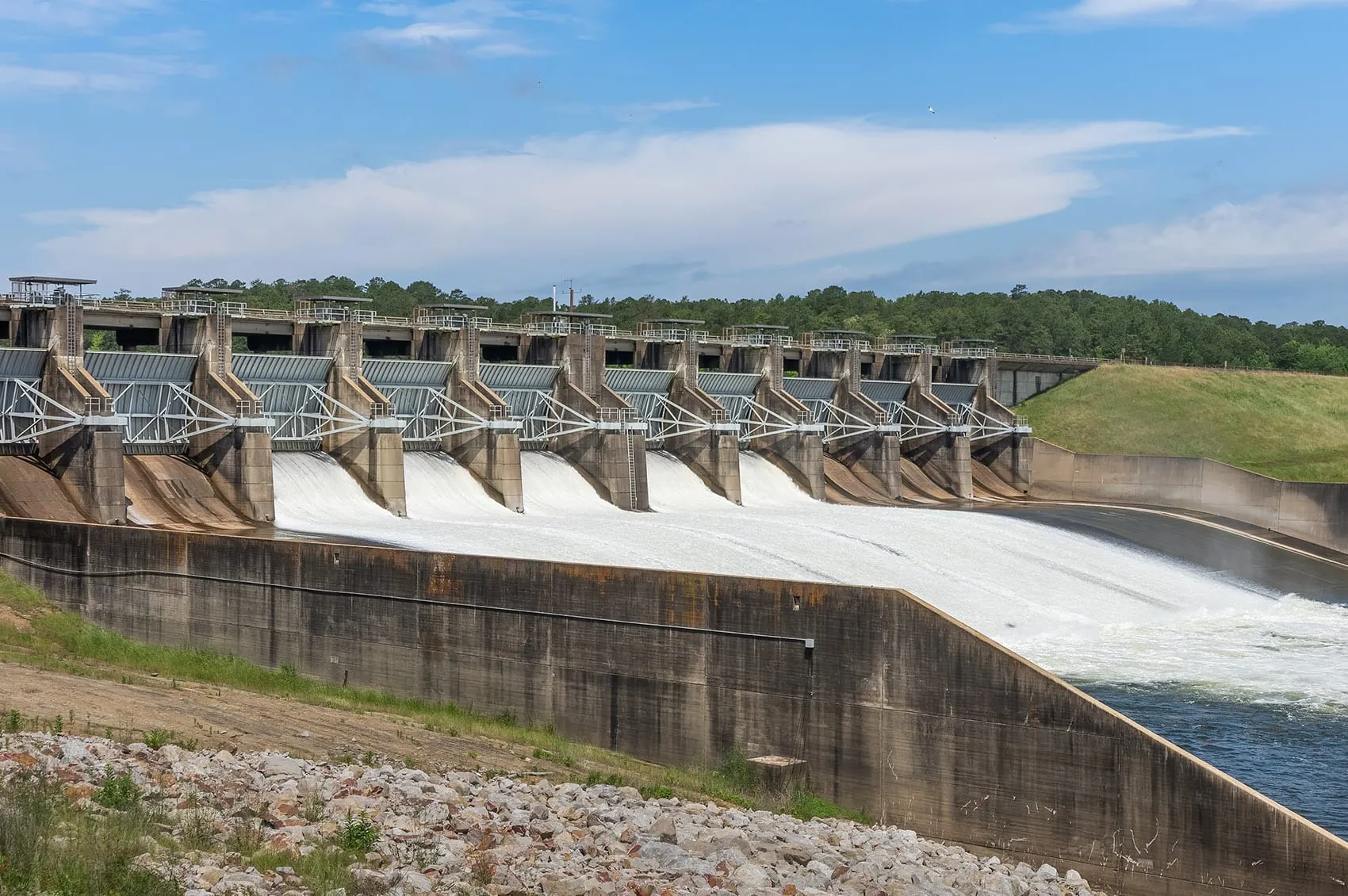
Situated on the Sabine River between Texas and Louisiana, Toledo Bend Reservoir is the largest artificial body of water in the South. Its expansive waters provide ample habitat for a wide range of snake species. Among the seven different species present are prairie kingsnakes, Texas coral snakes, eastern cottonmouths, and southern copperheads. Encounters with canebrake rattlesnakes and western pygmy rattlesnakes have also been reported. The reservoir, which spans 186,000 acres, is renowned for its fishing opportunities, particularly for largemouth bass.
Lake Sweetwater
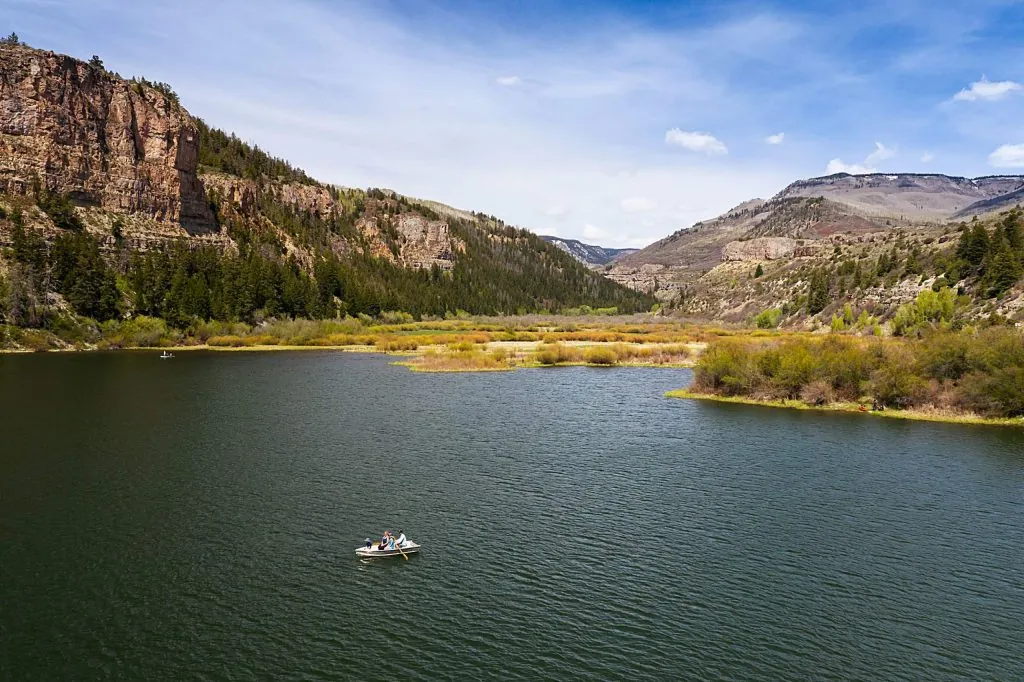
Covering 630 acres with a maximum depth of 45 feet, Lake Sweetwater is a popular recreational destination that features an 18-hole golf course and various other amenities. Each March, the lake hosts the World’s Largest Rattlesnake Roundup, an event that began in 1958 to manage the local western diamondback rattlesnake population. The roundup attracts approximately 25,000 visitors annually, who come to compete in locating and showcasing these formidable snakes at the Nolan County Coliseum Complex.
Conclusion
Texas lakes are known for their vibrant ecosystems, which include a variety of snake species. With over 105 different species and subspecies of snakes in the state, these water bodies provide an ideal environment for both venomous and non-venomous snakes. While encounters with snakes can be intimidating, they play a vital role in maintaining the ecological balance. It is essential to respect these creatures and exercise caution when encountering them in their natural habitats.







